SMT Publishes Trial Results for Supraflex Cruz Stent
DAIC
OCTOBER 16, 2024
Smits and a distinguished team of international researchers, the trial compares the performance of SMT's biodegradable-polymer sirolimus-eluting Supraflex Cruz stent with the biodegradable-polymer Ultimaster Tansei * stent in patients with high bleeding risk (HBR) undergoing abbreviated dual antiplatelet therapy (DAPT).





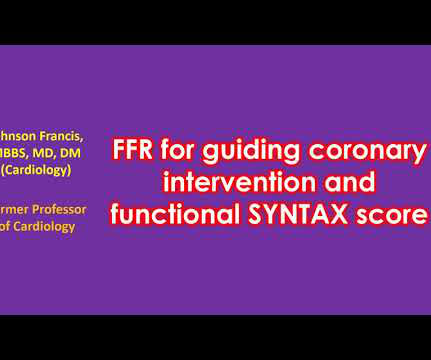
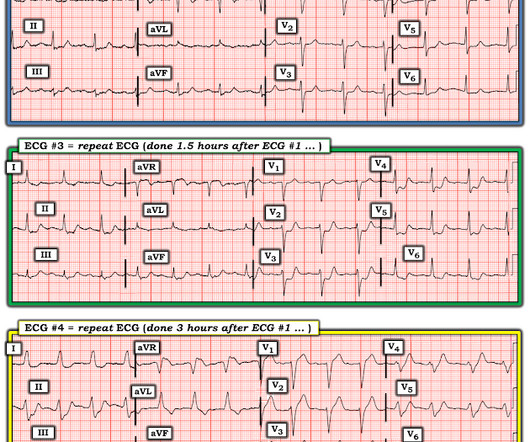
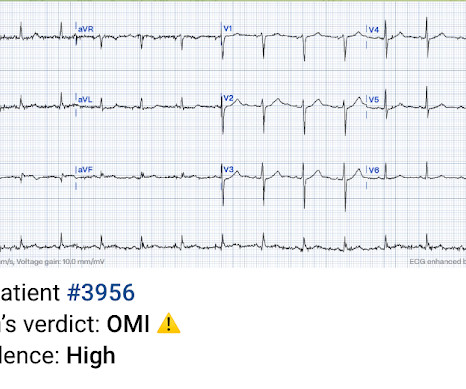
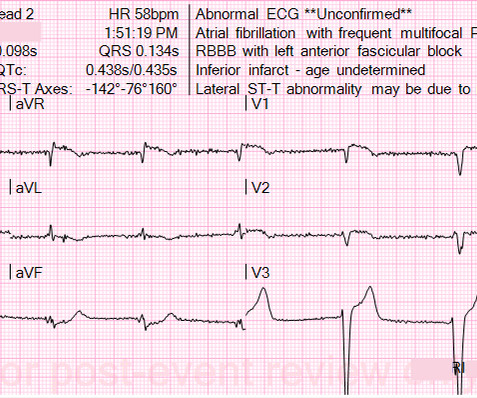
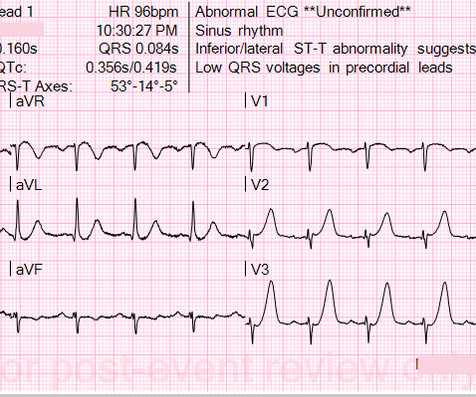
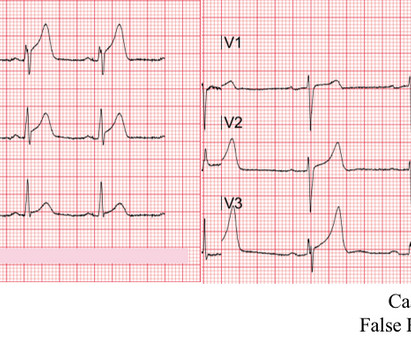
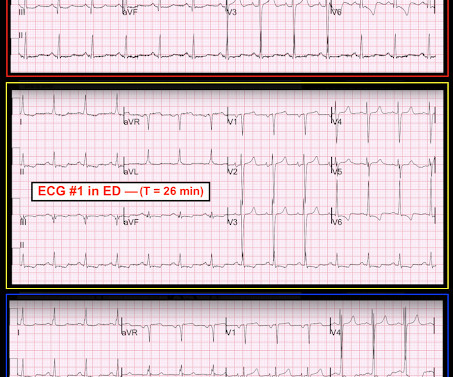






Let's personalize your content